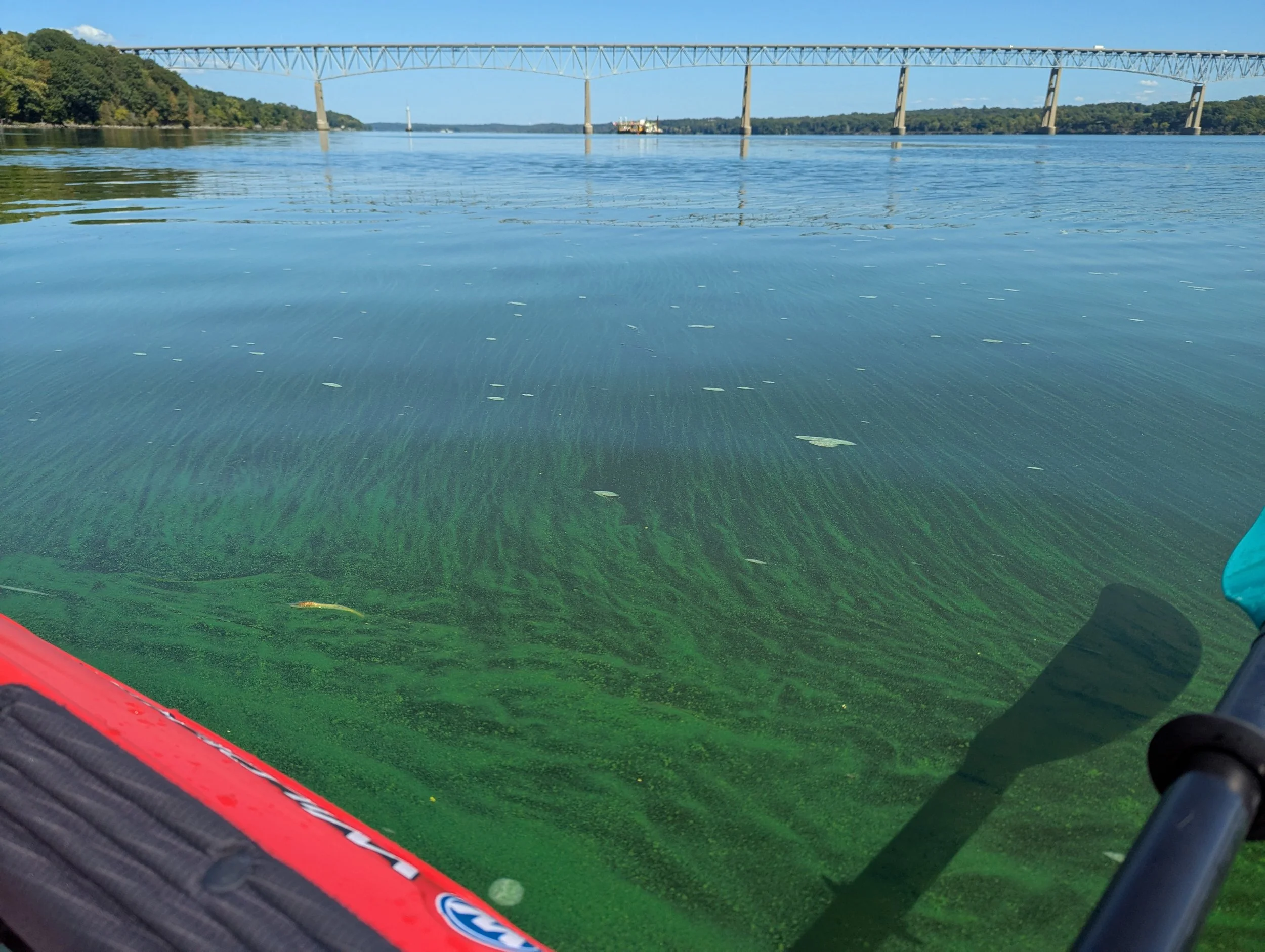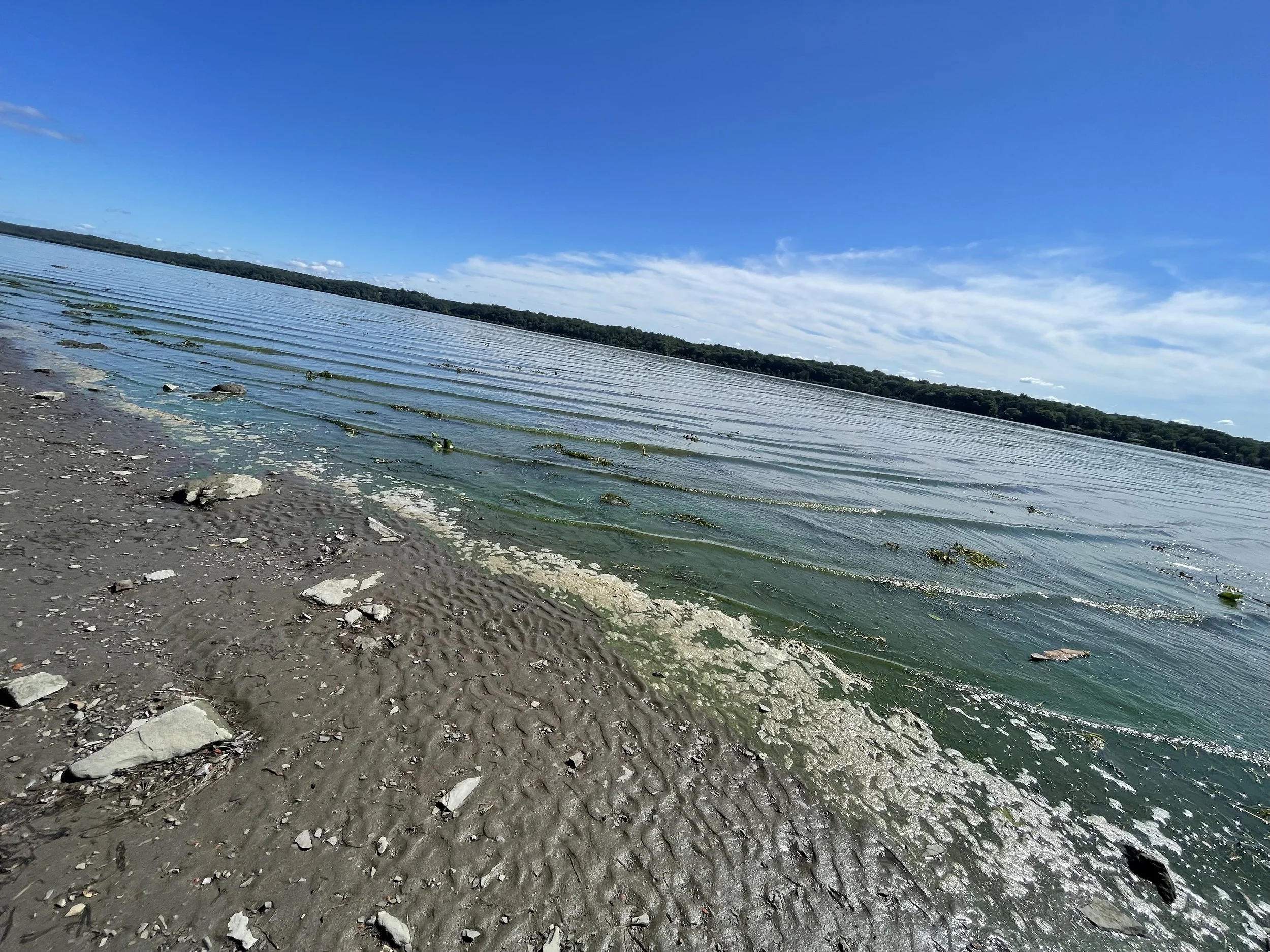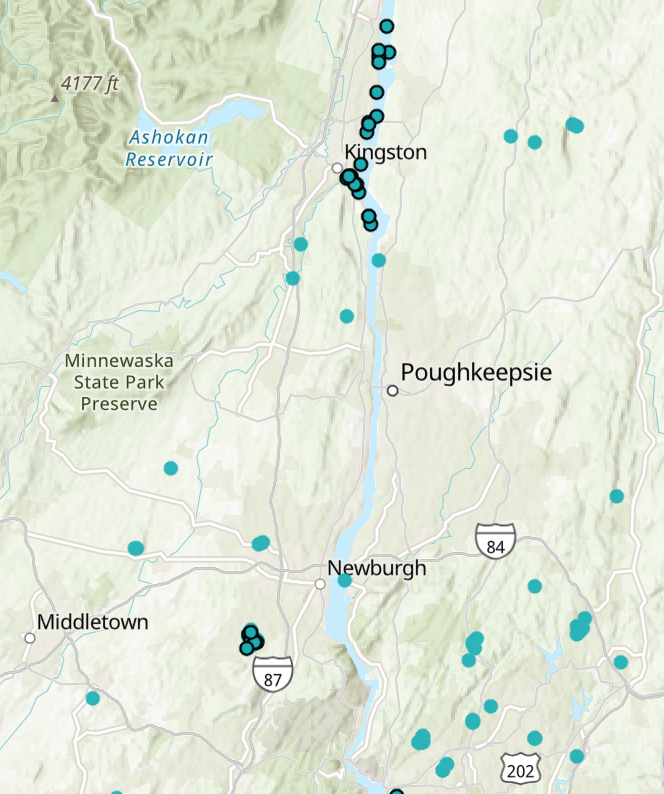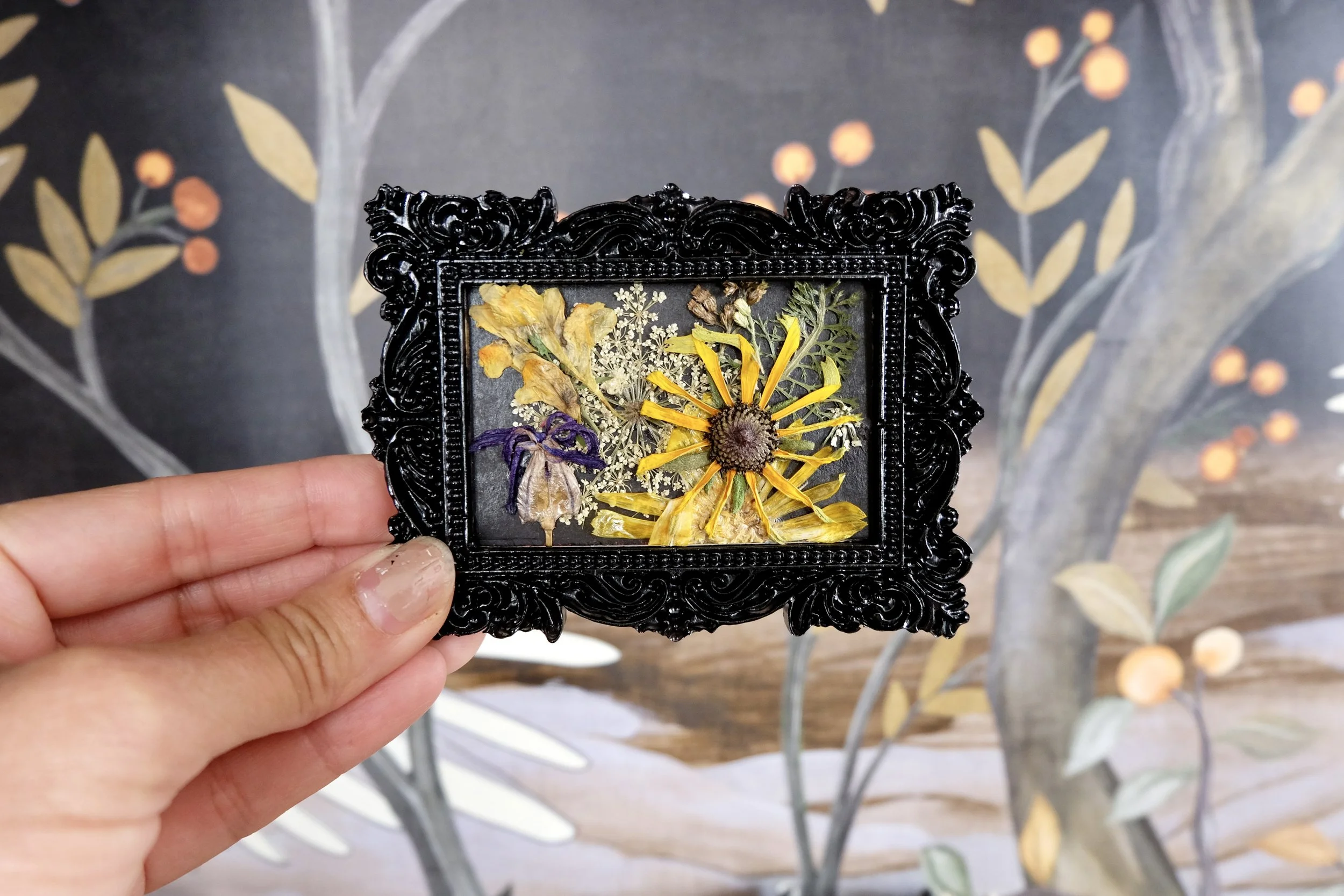Harmful algal bloom dissipating, researchers say

After weeks of affecting the waters of the Hudson, “the most extensive harmful algal bloom in the Hudson River estuary in living memory appears to be dissipating,” according to Riverkeeper.
“Recent cool, wet weather has helped flush the bloom from some parts of the river, particularly the Kingston area. However, Riverkeeper has documented recent (though very localized) HAB conditions in some tributaries, such as the Wallkill River and Rondout Creek.”
Recreational users should continue to exercise caution and avoid water contact where they see bright green patches or streaks, researchers added.
‘Massive algal bloom’ detected during routine water testing
During routine water quality testing in the beginning of September, researchers at the Cary Institute of Ecosystem Studies of Millbrook observed the presence of “a massive algal bloom in the Hudson River Estuary in a large stretch from Kingston to Norrie Point in Staatsburg.”
The algal bloom – the largest bloom detected in Cary’s 40 years of monitoring the Hudson River – has been confirmed as Microcystis, a cyanobacteria that can produce toxins that are harmful to people, pets, and wildlife. Officials say people and pets should avoid waters affected by harmful algal blooms, as their toxins can be inhaled, ingested, or cause skin irritation. Dogs are particularly at risk, as they’re more likely to drink contaminated water.
The New York State Department of Conservation confirmed additional harmful algal blooms (HABs) in the Hudson River near Beacon, Hyde Park, Tivoli, and Hudson, as well as in the Wallkill River and Rondout Creek, which feed into the Hudson near Kingston.
Researchers have been looking into possible causes for this bloom, including the impacts of warmer water temperatures, wastewater runoff, and regional drought conditions on the water’s chemical balance.
“The magnitude and extent of this cyanobacteria bloom is unprecedented, and concerning,” says Dr. Chris Solomon, a senior scientist and aquatic ecologist at Cary Institute. “While Microcystis is often observed in the Hudson, and sometimes produces blooms, this is by far the largest bloom we have observed.”
Report HABs + exposure effects
Riverkeeper scientists are documenting this HAB. If anyone who had exposure (swimming, boating) in recent days is feeling adverse health effects (sore throat, itching eyes or skin, respiratory issues, upset stomach), please seek medical attention and then email watchdogreport@riverkeeper.org with the details of your exposure and your condition. The drinking water sourced from the Hudson is being monitored by NYS DOH to ensure treated water remains safe.
If you notice algal blooms on the Hudson or other waterways, report them using NYS DEC’s Suspicious Algal Bloom Report Form, or email HABsInfo@dec.ny.gov. Close-up and landscape photos aid in identification and help document the extent of impacts. To view an interactive map of confirmed HABs in New York State, visit the NY HABs System.

Support Hudson Valley news + events
ADVERTISEMENT:


































